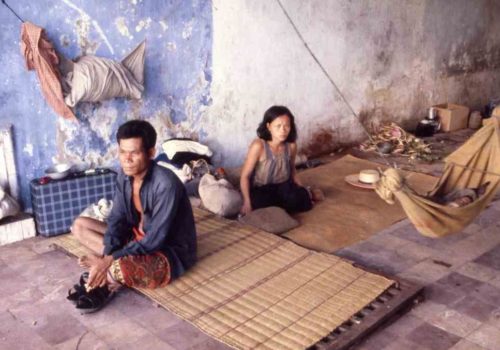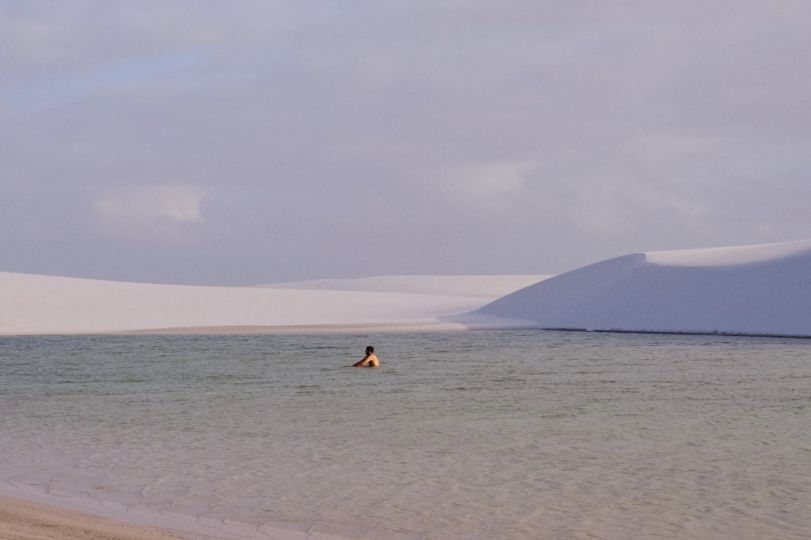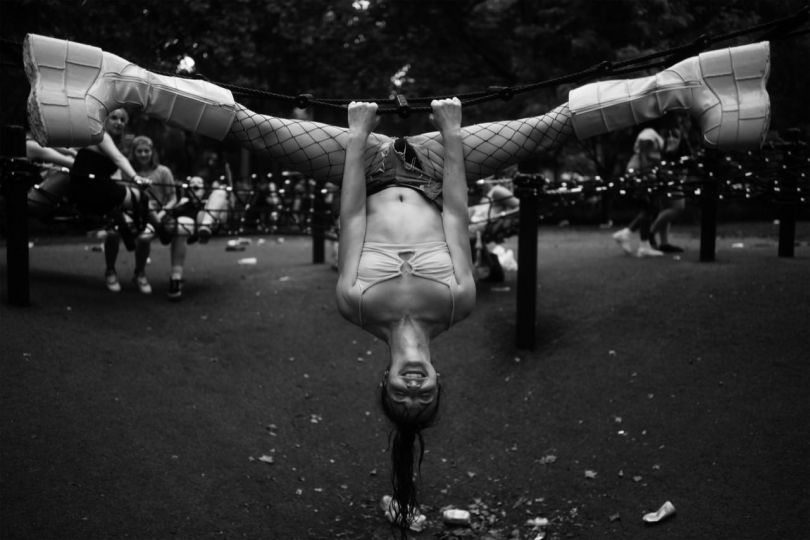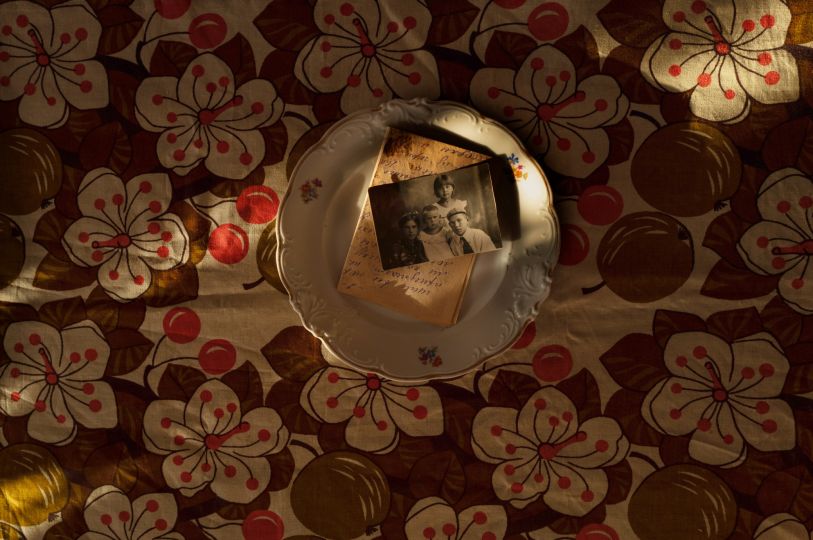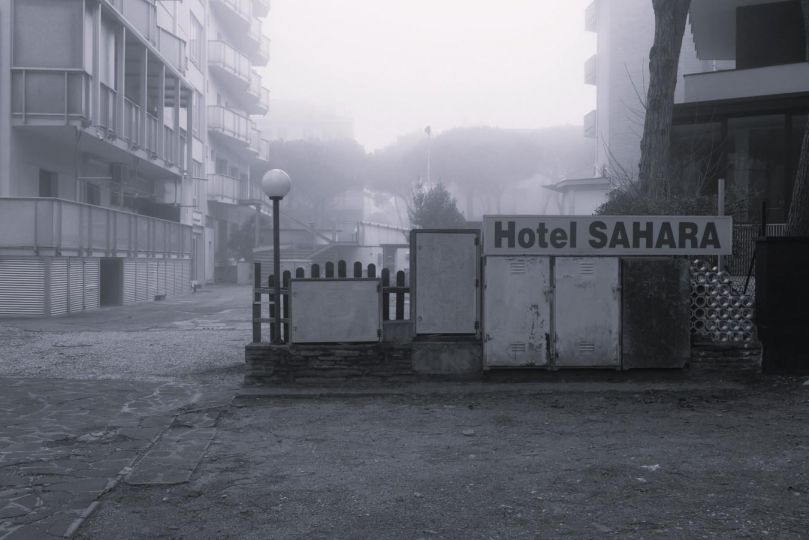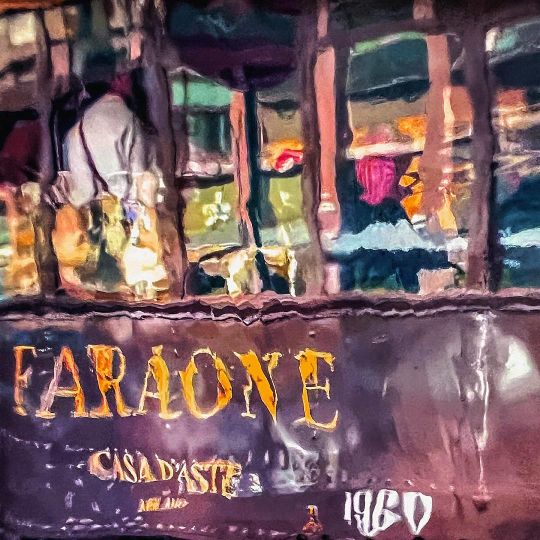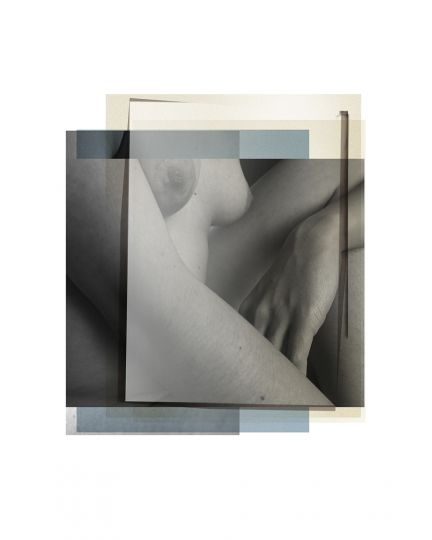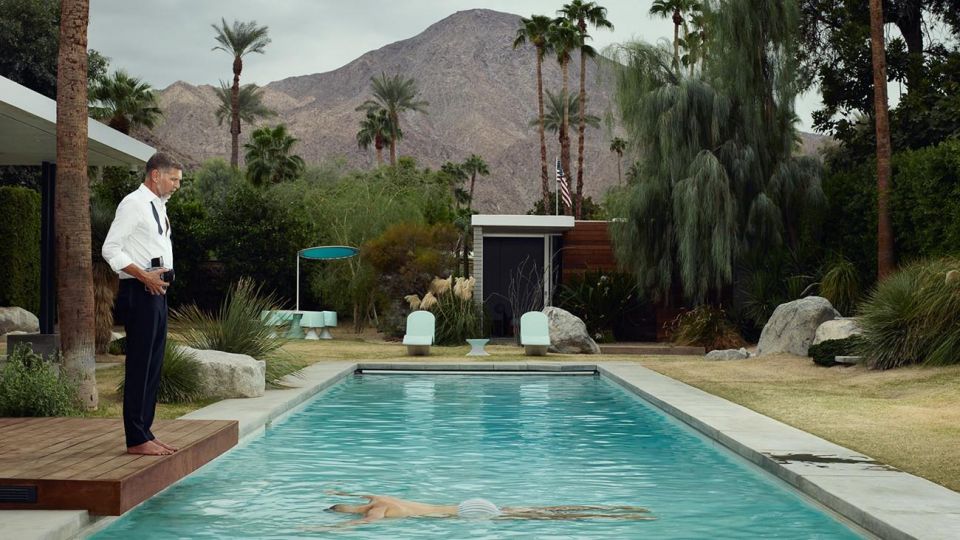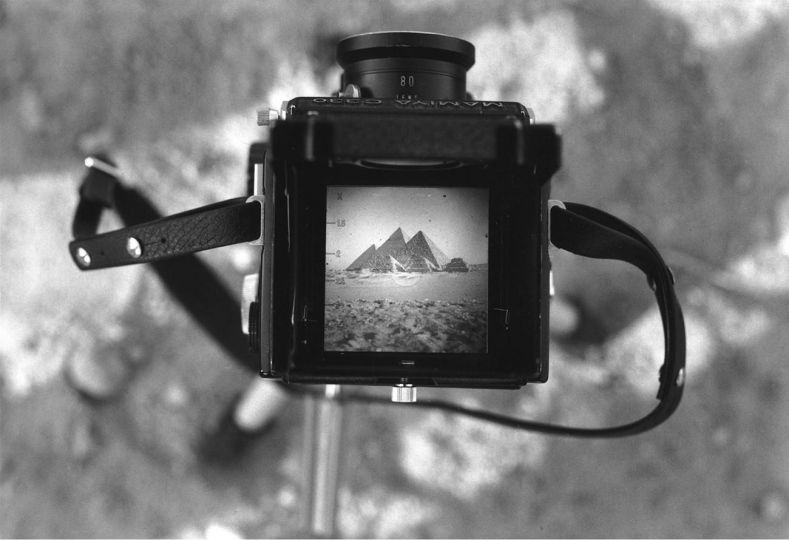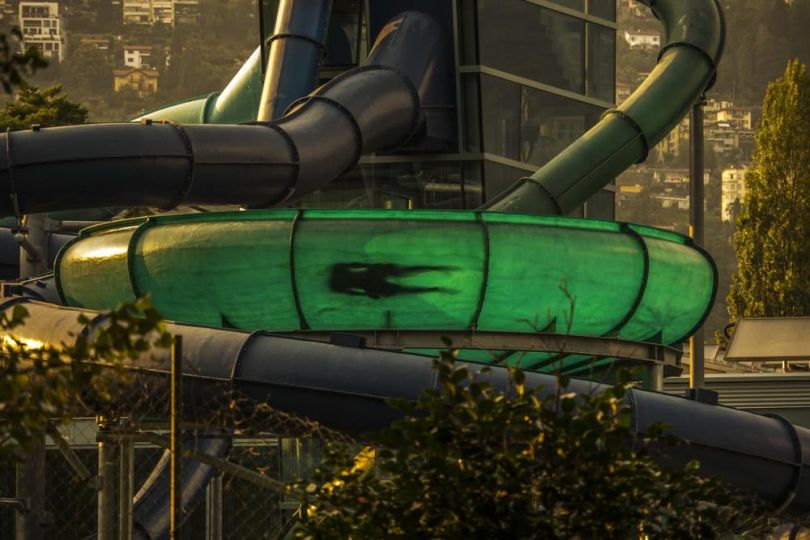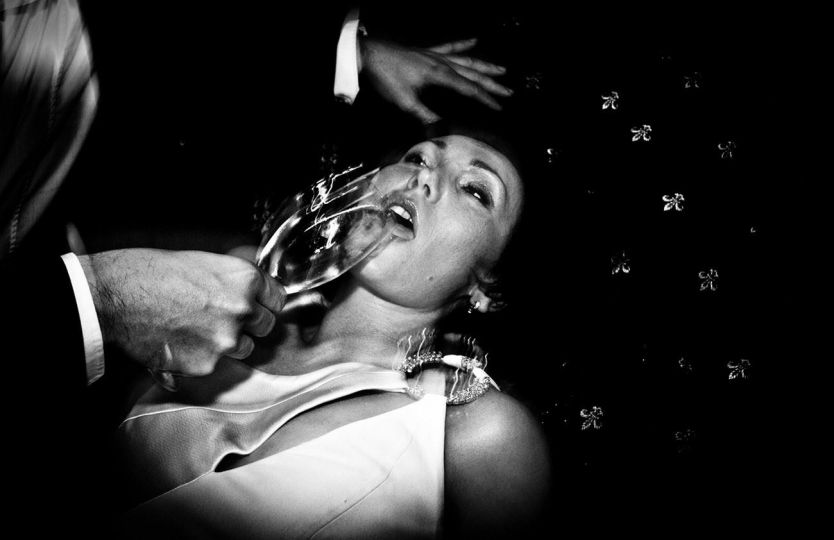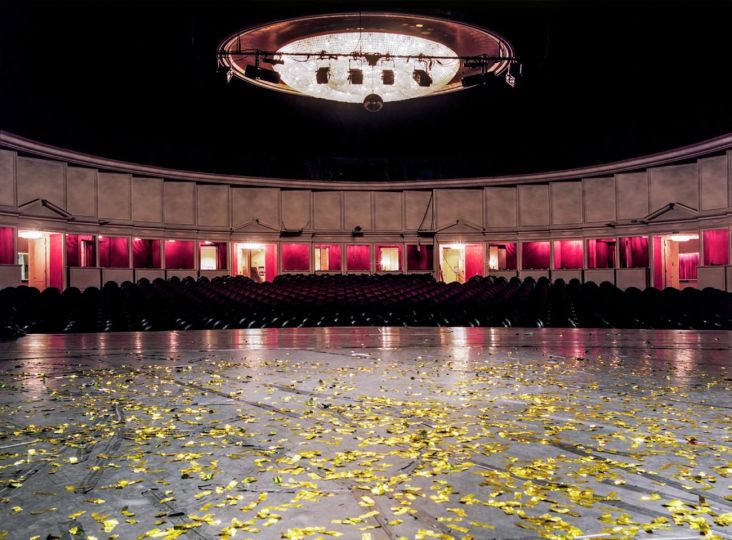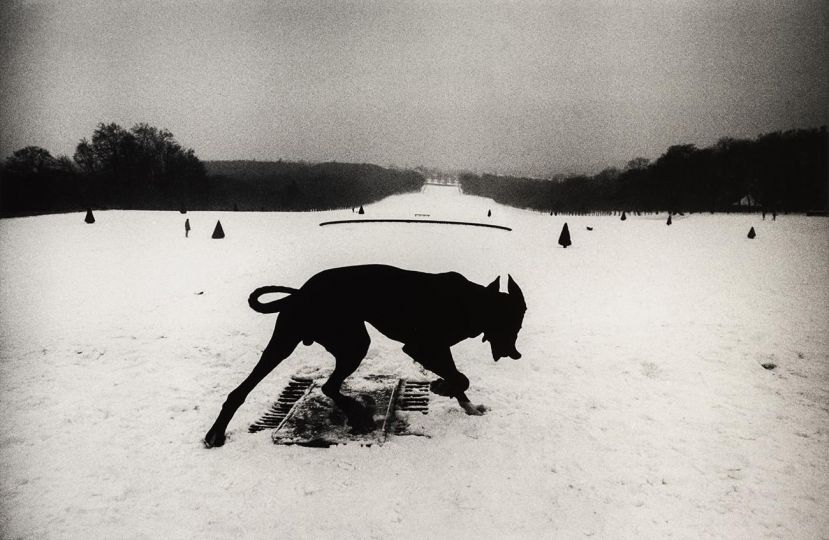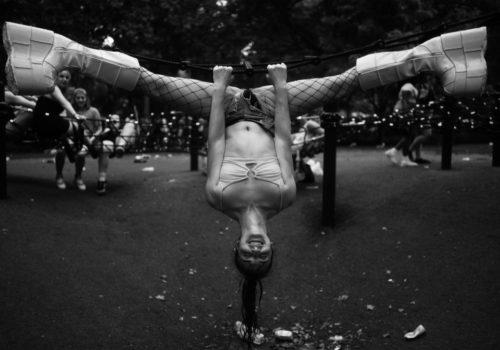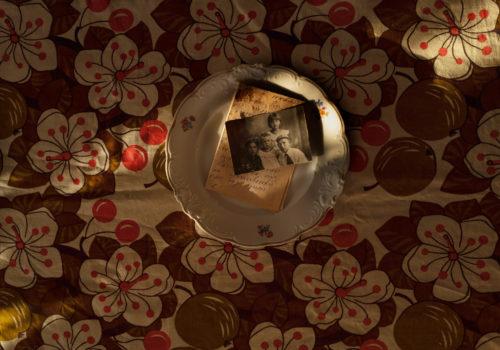Le 3 mai 2017 à Siem Reap, au Cambodge, s’est tenu l’inauguration de l’exposition de la série photographique Renaissance du Cambodge – Un an après les Khmers Rouges, réalisée par John Burgess, écrivain américain et ancien journaliste au Washington Post. L’exposition réalisée avec la collaboration de Anjali House, une ONG cambodgienne axée sur l’éducation, est parrainée par l’Ambassade américaine de Phnom Penh.
L’exposition retrace le voyage de John Burgess, arrivé à Phnom Penh en avril 1980 avec un des premiers visas délivrés par le nouveau gouvernement cambodgien après le renversement du régime des Khmers Rouges. Durant deux semaines, il a exploré la capitale et voyagé en voiture autour du Tonle Sap en s’arrêtant à Siem Reap et Battambang. John Burgess y a trouvé un pays partagé entre des lieux enfermés dans les horreurs du passé et d’autres s’élançant vers une nouvelle vie entraînée par l’énergie débordante de ses habitants.
Ces images donnent un aperçu du quotidien se réorganisant peu à peu après la période des Khmers Rouges. Aujourd’hui, la nouvelle génération cambodgienne a hérité de cette reconstruction. Cependant certaines questions persistent : Que ressent cette nouvelle génération face au passé de son pays ? Fait-il partie de leur identité ? Souhaitent-elle oublier son histoire ou au contraire l’apprendre, la comprendre et s’exprimer ?
Les jeunes adultes d’Anjali House (une ONG sur place, âgés de 14 à 19 ans et représentant la nouvelle génération de Cambodgiens qui n’ont pas été témoins des atrocités des Khmers Rouges, ont étudié les photos de l’exposition avant d’exprimer leurs ressentis et formuler une réponse à ces dernières. Certains ont écrit des poèmes, d’autres ont imaginé des histoires ou simplement exprimé leurs émotions. Chaque texte a été traduit en anglais et est présenté sur les murs de l’exposition à côté de la photo qui les a inspirés.
« Anjali House soutient les enfants défavorisés et aide les jeunes adultes de Siem Reap à envisager un avenir meilleur », dit Simon Ke, directrice d’Anjali House. « Notre programme d’éducation est basé sur l’acquisition de connaissances et aussi, ce qui est sûrement le plus important, favorise et encourage l’indépendance et l’esprit critique. Les photos de John Burgess, témoins de la vie juste après les Khmers Rouges, ont offert à nos jeunes adultes l’incroyable opportunité de relier l’histoire de leur pays avec leur présent et leur future, associant la reconstruction à la stabilité et l’espoir à l’ambition ».
S’exprimant sur la collaboration avec les jeunes adultes d’Anjali House, John Burgess raconte : « J’ai fait ces photos en 1980 pour aider le peuple américain à comprendre la renaissance du Cambodge après les atrocités des Khmers Rouges. C’est une grande exaltation pour moi de voir que ces images peuvent aider ces jeunes Cambodgiens à appréhender ce qu’ont enduré leurs parents et grands-parents et à discerner leurs propres ressentis face à une histoire éloignée dans le temps, mais jamais loin dans le cœur ».
L’Œil de la Photographie vous invite à découvrir ses écrits d’enfants et les photographies qui les accompagnent, une fois n’est pas coutume, en anglais.
Photo No. 1, by Choun Rotha, age 16:
This picture makes me feel so sad. The people in the picture have survived the Khmer Rouge. I think they are sad. They don’t have a good house and money. And now they live in a bad place with their son. I think they are living under a bridge or in an old building where no people live. They don’t have much water, rice or clothes. I think that they hope that in the future they can live in a good place and have a big house. And that their son can go to study.
Photo No. 2, by Soknang, age 19:
I think that this picture is after war. Looks like some people lost mother, father, sister, brother, aunt, uncle and other people in their family. I think that their mother and father died in the war and they try to live and try to work for their life after war.
I feel pity and sad for them because I don’t know how they lived in the war or during Pol Pot’s time. I want to encourage and show them to try to live. Don’t think about the past and think about the future and try your best, help each other in your life. Be a good person in your life and you will get success in your future.
Photo No. 3, by Mean Sokuam, age 16:
4 Years in the Dream
Every day in dreams… tears come out. What is this? And who are they? Where can they go and what shall they do? Life as a human is happy, I think, but everything is wrong. How can they live? Not enough food but much work.
7 January 1979 gave them rebirth, gave them a new life and gave them a new smile. The happiness cannot bargain with them to give them a laugh because the tears came out. But what they miss is, where are they? Where is their family and how can they live? Without their family, without love, without care, what can they do? Can you all think about what is their feeling? How did they feel and what shall they do? If it was you, what would you think and what would you do? Think about that and don’t forget what happened.
Photo No. 4, by Prine, age 17:
Cambodia Coming Back to Life
In this picture, I think that all the people are feeling happy, because they are still alive after Pol Pot. They ride their bikes very happily and the road has good traffic. And some families are living together. When they are living together they are very happy. Some people say that having no food and no drink is not a problem because they’re still alive after Pol Pot. They are very happy.
Photo No. 5, by Sokhunty, age 15:
In my country there was war
some soldiers died and some soldiers lived
Because of war
The poster says ‘’soldiers and people are like water and fish’’
but they can’t live together, because if there is a war
the soldiers control the people.
They must grow rice for the organization of the Khmer Rouge
Another poster says ‘’people must commit themselves for the coming rainy season to grow rice.
But many people died because they worked harder and harder
and don’t have enough food to eat
Many kids live alone and without parents.
When I get older I look to this poster
and I remember my mom and dad were killed by the Khmer Rougein that time.
Photo No. 6, by Vandy, age 16:
In the country that has war
No Healthcare not enough food
People get wealth
when they drop the bomb
No doctor, take care.
Photo No. 7, by Sokly, age 14 and Vecheka, age 15:
After war or in war
my people my life
are keeping our culture, dream
during the suffering but
they still love and keep it in their heart.
After the Khmer Rouge controls us
day after day
month after month
year after year
it is very important to remember it again
but they try it, do it
like Apsara dancing
and Khmer traditional dancing.
Maybe it doesn’t look good
but they did it
with their love
their heart and
their confidence
even though they were only kids
they respect it and do it with their power.

Photo No. 8, by Srey Norng, age 15:
After Khmer Rouge
Khmer Rouge was a cruel regime. The people didn’t like this regime because the Khmer Rouge killed a lot of people, but when they escaped I think they were very happy. I think they wanted to make a new life. They didn’t have a home, clothes, food to eat, didn’t have money to support their families. Didn’t have jobs and they lost their family members when they were in the Khmer Rouge regime. They didn’t have a place to go because their houses were burnt down on fire, but they didn’t give up.
I think they didn’t forget in their minds forever. Cambodians hated the Khmer Rouge.
I want to ask you one question. If you were in Khmer Rouge, what do you think? What do you do?
I want to say one sentence.
Remember: 3 years, 8 months and 20 days. Khmer Rouge killed 2 million people. Notice it in your mind forever.
Photo No. 9, by Chheang Sreyrut, age 16:
After the Khmer Rouge, so many places were destroyed and many people were dead, too. But many people were alive but they didn’t have enough food to support themselves, they didn’t have clothes to wear, they didn’t have places to live. They just lived everywhere they could to sleep, to eat…However, they tried hard to be alive. So if I was in that picture, I would be so very sad that I don’t have everything like food, clean water, clothes, a house…However, I hope I am able to live, to do everything that I want. I especially want to get knowledge from teachers and every person around me. So I think that these people were suffering because although they had life, everything was destroyed by the Khmer Rouge without thinking. They didn’t consider, they just destroyed, killed. Especially at that time they didn’t want their population to know about knowledge, religion, culture and some civilization.
After the Khmer Rouge, yes, they had freedom but they were not very happy with their lives because they don’t have enough materials to support themselves. In the end, I hope they had everything they needed, love and happiness.
Photo No. 10, by Sokly, Age 14:
War is gone. My life is safe.
How could I live? Where could I go?
You are only one Khmer Rouge.
You kill my heart, my family.
Did you hear my heart
feel hurt, cry all the time?
You are my worst memory.
But I never give up.
I’m still doing my job
Until I’m gone.
Photo No. 11, by Hann Odam, age 15:
I feel very upset when I see this picture. I think this is after the war, one or two years. How did they escape from the Pol Pot regime? It was a lot of years. The Pol Pot regime started 17 April 1975 to 7 January 1979, so it was three years, eight months and twenty days. It is very amazing that they still can live.
So, if you were living at that time, can you still have life? Oh! Maybe their parents died during Pol Pot. I think they were in Angkor Wat because behind them is the temple. Angkor Wat looks very nice.
Photo No. 12, by Pheakdey, age 17:
In 1975 the war started. Everything was destroyed.
School
Pagoda
Hospital
Bridge
Road
Why did you destroy it? The pagoda is the place for monks, the place for people to learn, to respect, and why did you break it?
The monk moved from one place to another place.
Some monks died, some monks lived
because of you.
Why did you kill them?
Most of the monks worked under the sun day after day. The sweat came out with a suffering of life.
Why did you take them to work? Year after year the monk had to work, work with the suffering, no matter if it was hot, rain, tired the monk still was working to survive.
Three years, eight months, twenty days everything was changed. After the Khmer Rouge, the monk lived happily
not suffering anymore
not working anymore
Renaissance du Cambodge – Un an après les Khmer Rouge
Du 4 au 17 mai 2017
Street 26
Krong Siem Reap
Cambodge

